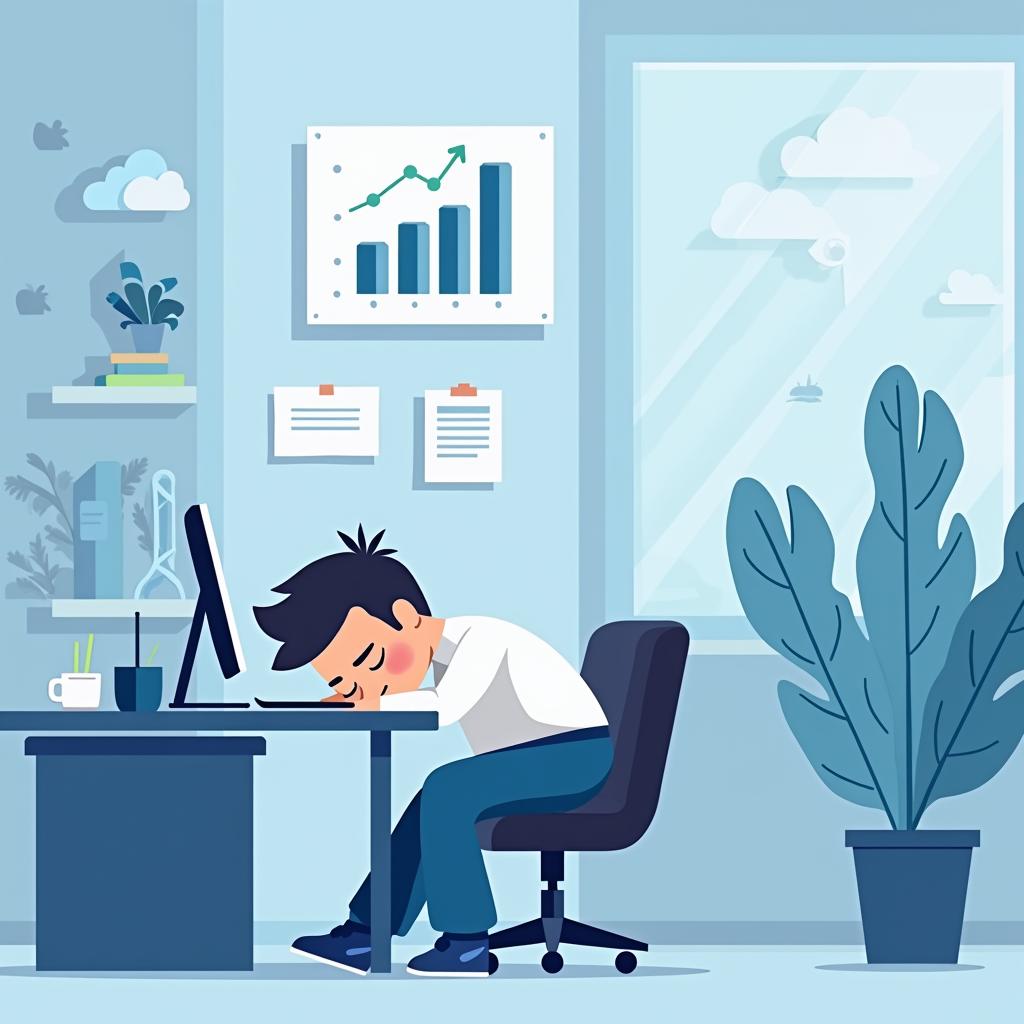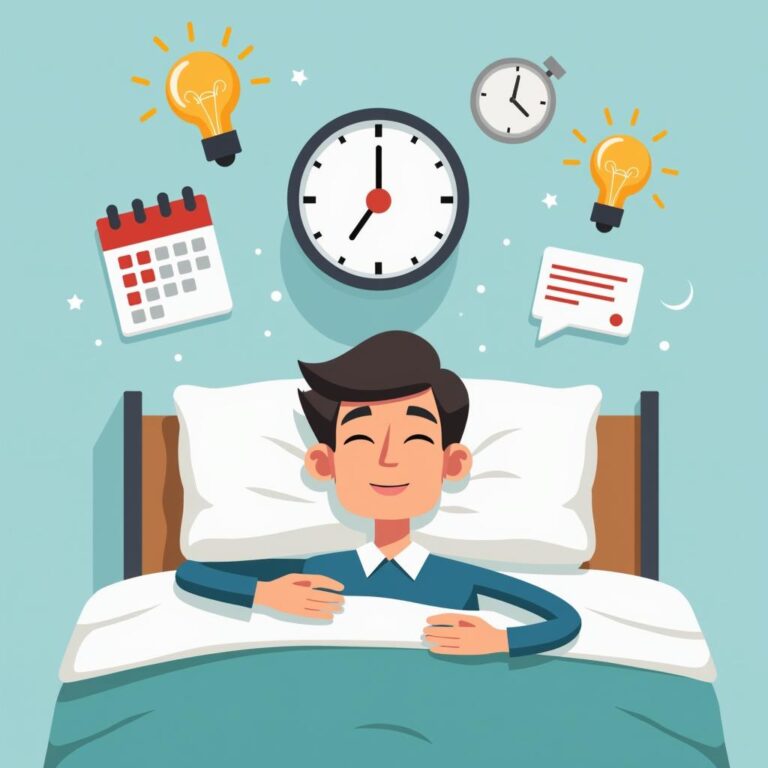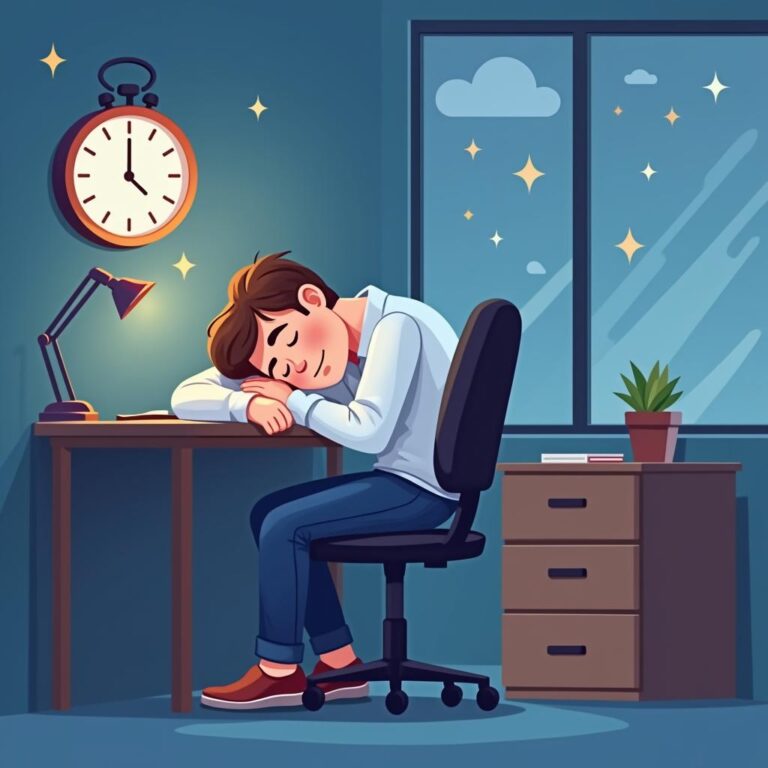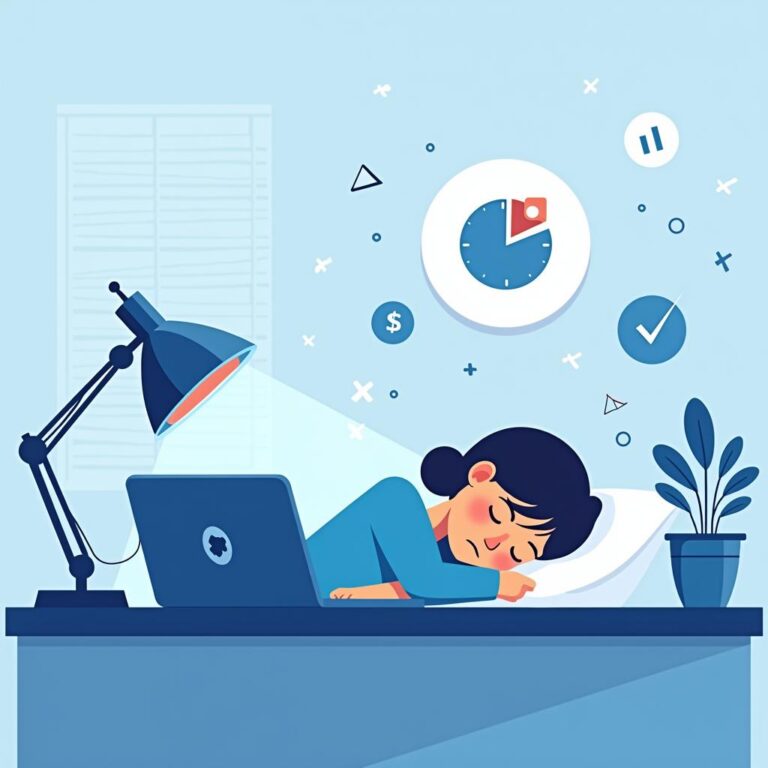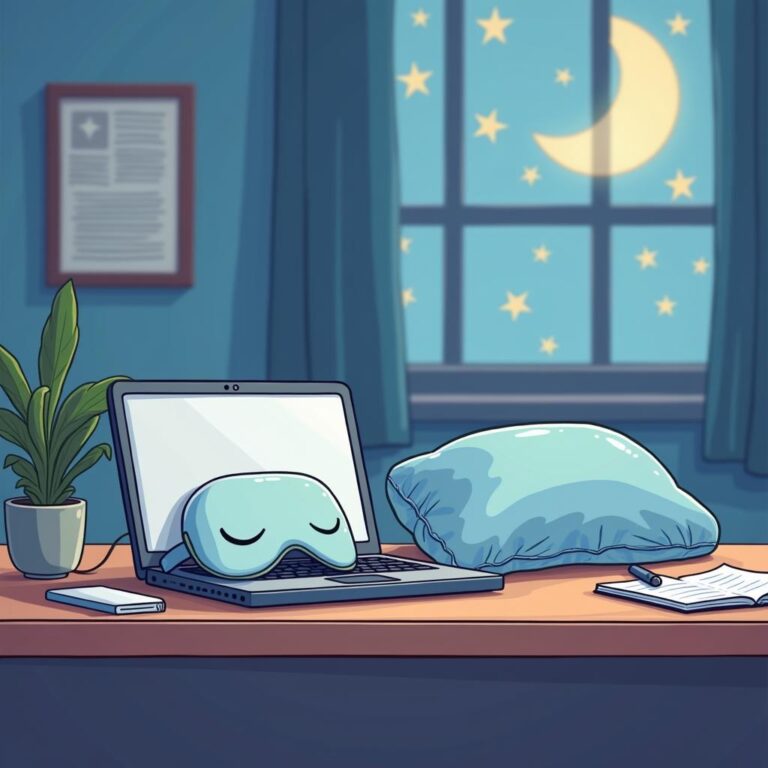In today’s fast-paced world, finding effective ways to rejuvenate and recharge during workdays is essential for maintaining productivity and focus. One method that has gained significant attention is the power nap. Establishing the best nap routine for workdays can lead to improved concentration, enhanced performance, and an overall boost in mental clarity. This article explores how to create the most effective nap routine tailored to your work schedule.
Understanding the Science of Napping
Before diving into the specifics of a nap routine, it’s important to understand the science behind napping. Naps can significantly impact our cognitive functions, emotional state, and even physical health. Research suggests that short naps can help to:
- Improve memory retention.
- Enhance problem-solving skills.
- Boost alertness and performance.
- Reduce stress and fatigue.
The ideal nap length is typically around 10 to 30 minutes, which can help you feel refreshed without entering deep sleep stages. Longer naps can lead to sleep inertia, where you feel groggy upon waking.
How Long Should Your Nap Be?
The best nap routine for workdays often depends on the timing and duration of your nap. Consider the following types of naps:
1. Power Nap (10-20 minutes)
This is the ideal nap for a quick refresh. Power naps help improve alertness, reaction time, and cognitive function without causing grogginess.
2. Recovery Nap (30-60 minutes)
A recovery nap allows you to reach deeper stages of sleep, which can be useful if you’ve had a poor night’s sleep. However, you may wake up feeling slightly groggy.
3. Full Sleep Cycle Nap (90 minutes)
A 90-minute nap allows your body to complete a full sleep cycle, enhancing creativity and procedural memory. This option is best when you have enough time and won’t feel rushed upon waking.
Finding the Right Time to Nap
Identifying when to incorporate a nap into your workday is crucial. The best time to take a nap is generally in the early afternoon, typically between 1:00 PM and 3:00 PM. During this window, energy levels naturally dip due to the circadian rhythm, making it the perfect time to recharge.
Setting Up Your Nap Environment
Creating a conducive environment for napping is vital for maximizing the benefits. Here are some tips on how to optimize your napping space:
1. Find a Comfortable Location
Choose a quiet, comfortable place where you can lay down for a few minutes without interruptions. If you work in an office, consider using a quiet meeting room or a private corner.
2. Control Lighting
Dim the lights or close curtains to create a calming environment. If it’s not possible to find darkness, a sleep mask can help block out light.
3. Reduce Noise
Wear noise-cancelling headphones or listen to soft, calming music to drown out background noise. Ambient sounds can also create a more soothing napping atmosphere.
4. Use a Blanket or Jacket
Keeping a light blanket or jacket handy can help you stay warm and comfortable, allowing your body to relax more easily.
Establishing Your Nap Routine
A well-structured nap routine is a key component of the best nap routine for workdays. Here’s how to set one up:
1. Schedule Your Nap
Block out time in your calendar for your nap—treat it like an important meeting. This ensures that you commit to taking a break and helps set a habit.
2. Set an Alarm
To avoid oversleeping and path into sleep inertia, set a timer for your desired nap length. Using an alarm with a gentle sound can help wake you up pleasantly.
3. Wind Down Before Napping
Spend a few minutes relaxing before your nap. Engage in deep breathing exercises, meditation, or gentle stretching to help your body transition to rest.
4. Stay Consistent
Try to maintain consistency in your napping schedule. This can help regulate your body’s internal clock, making it easier to fall asleep quickly when it’s time to nap.
Combining Naps with Other Productivity Strategies
While napping offers significant benefits, combining it with other productivity strategies can amplify its effects. Consider the following:
1. Prioritize Sleep Overnight
Ensure that you are getting enough quality sleep at night. Naps can supplement, but they cannot replace a good night’s rest.
2. Stay Hydrated
Dehydration can lead to fatigue. Keep a water bottle at your desk and aim to drink throughout the day.
3. Take Regular Breaks
Incorporate short breaks into your work routine. Standing up, stretching, or going for a quick walk can boost circulation and help reduce fatigue.
Conclusion
Crafting the best nap routine for workdays can significantly enhance your focus, creativity, and productivity. By understanding the science behind napping, finding the right time to nap, and creating a conducive nap environment, you can maximize the benefits of your workday breaks. Remember, napping is just one part of a healthy productivity strategy, so make sure to integrate it with good sleep hygiene and regular breaks throughout the day. The right nap could be the secret weapon you need to power through those challenging workdays.

